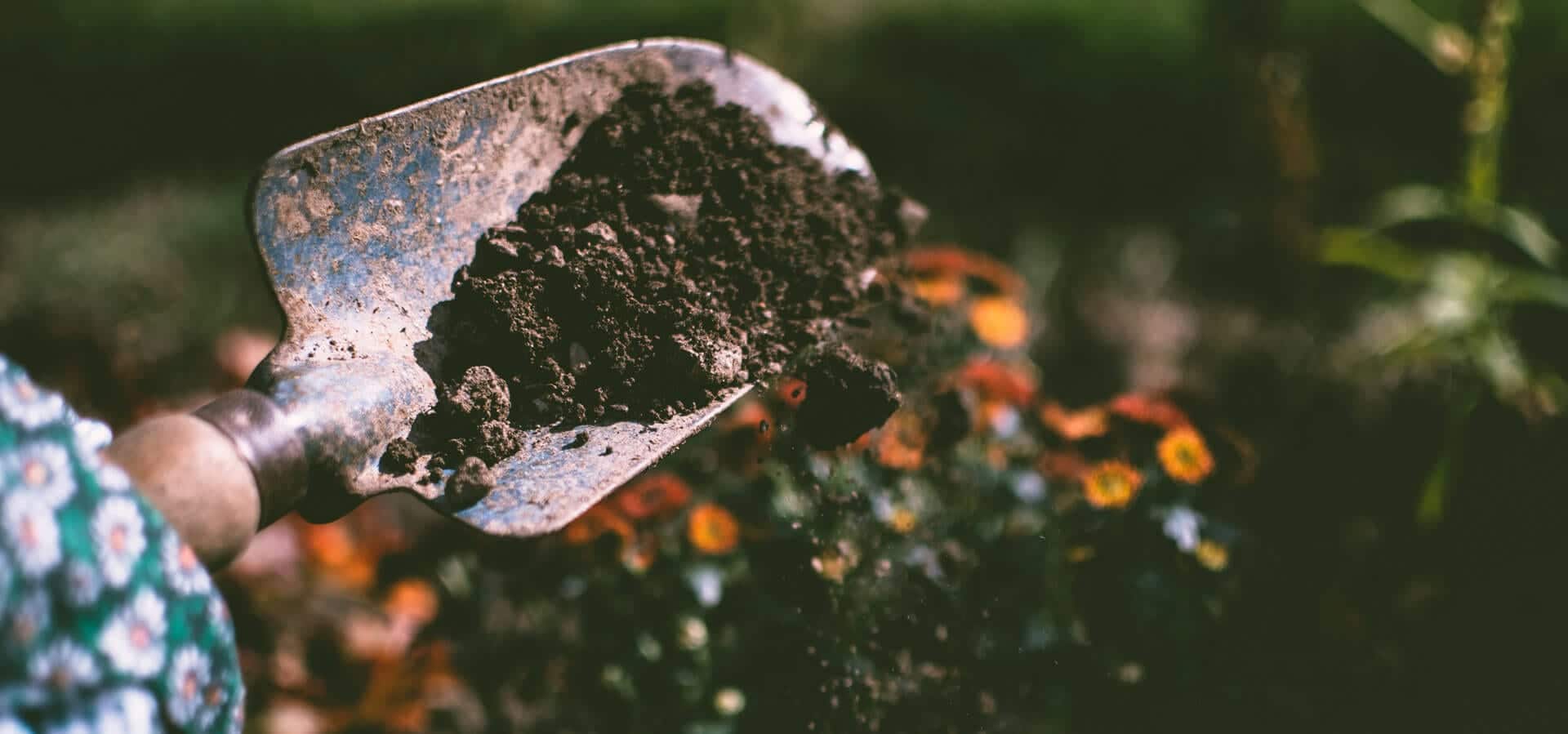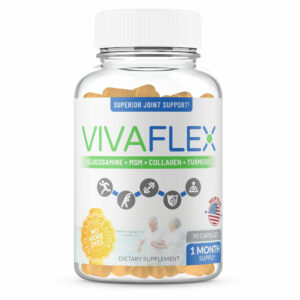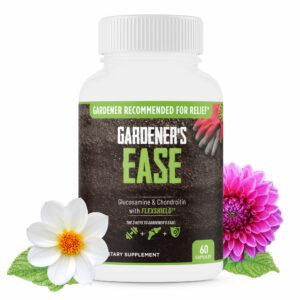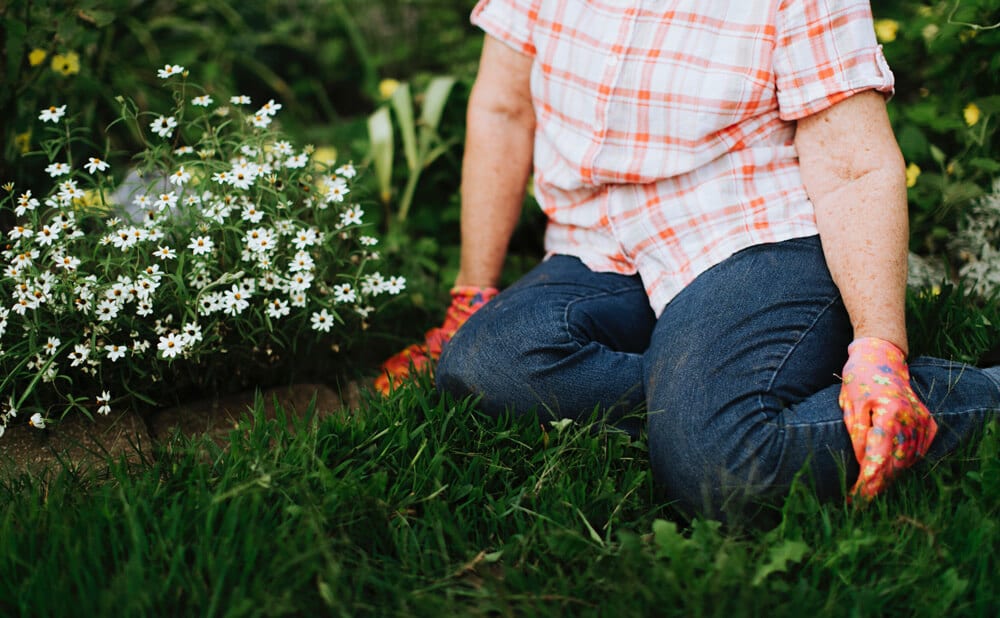The sun is shining, the weather is warm, and your gardens need tending to. Don’t let your knee pain stop you from enjoying the weather and spending time in your garden. Knee pain has numerous causes, such as arthritis, inflammation, lack of cartilage, and age. Most people suffer through their knee pain in order to enjoy their favorite activities. But not anymore! Here are 12 tips for knee pain while gardening so you can keep doing what you love!
1. Pick the Right Shoes
Most people know that knee pain can be made worse with excessive walking, especially if you aren’t wearing supportive footwear. But did you know that footwear is just as important while gardening? Many people find themselves reaching for their sandals or flip-flops when the weather is warm, but these choices will not offer you enough stability or support for your knees. Be sure to wear comfortable shoes, sneakers if possible, so that your feet, ankles, and 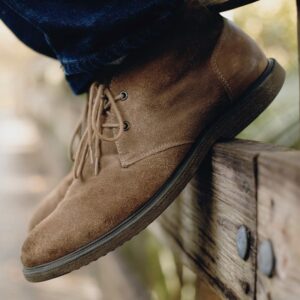 knees are all properly aligned. The best shoes are those with a stiffer sole and a slightly tilted insole. This allows the foot to reposition for optimal alignment and decreased knee pain.
knees are all properly aligned. The best shoes are those with a stiffer sole and a slightly tilted insole. This allows the foot to reposition for optimal alignment and decreased knee pain.
2. Try a Knee Brace
Knee braces, just like any other kind of brace, offer compression and support of the joint. They are ideal for gardeners who have previously suffered from knee pain. Braces are also a great way to prevent future pain. Knee braces come in varying levels of support. They can offer immobilization, full support, warmth, compression, or pressure. To find which knee brace is right for you and your needs you should first try to identify why you are having pain. It can also help to recognize what kind of pain you are having. Is it dull and aching, a slipping sensation, or sharp and intense? Once you’ve identified the pain and the reason behind the pain it may be easier to find the perfect knee brace.
3. Use Knee Pads, a Bench, or a Cushion
If a knee brace isn’t enough, or if you suffer more from pain when your knee is in contact with the ground, try knee pads. A kneeling cushion may also work wonders. These pads and cushions are designed to reduce knee pain by providing a soft place for your joints to rest as you work. Garden kneelers are also an option as they provide a cushion in the same way but usually have handles to help you go from a kneeling position to a standing position more easily. A gardening bench is also a viable option. It helps you remain in a seated position while gardening as opposed to being directly on your knees. Many gardening benches even have wheels. This can help eliminate the frequent motion of kneeling to standing which can cause increased pain.
4. Raise Your Garden Beds
One of the most effective ways to avoid knee pain is to install raised garden beds. These can be home made or purchased from any garden supply store. They come in many sizes and heights. With raised garden beds you can avoid excess squatting and kneeling while you tend to your flowers. Ideally the beds should be the perfect height to either stand or sit in a chair while you work. Ideally the garden bed should be between thigh and hip height. Make sure you can access the bed from all sides to avoid leaning to reach plants on the other side of the bed. In addition, you may also want to use window boxes or hanging plants. These types of planters ensure that you are doing less kneeling, which in turn can decrease or eliminate knee pain while gardening.
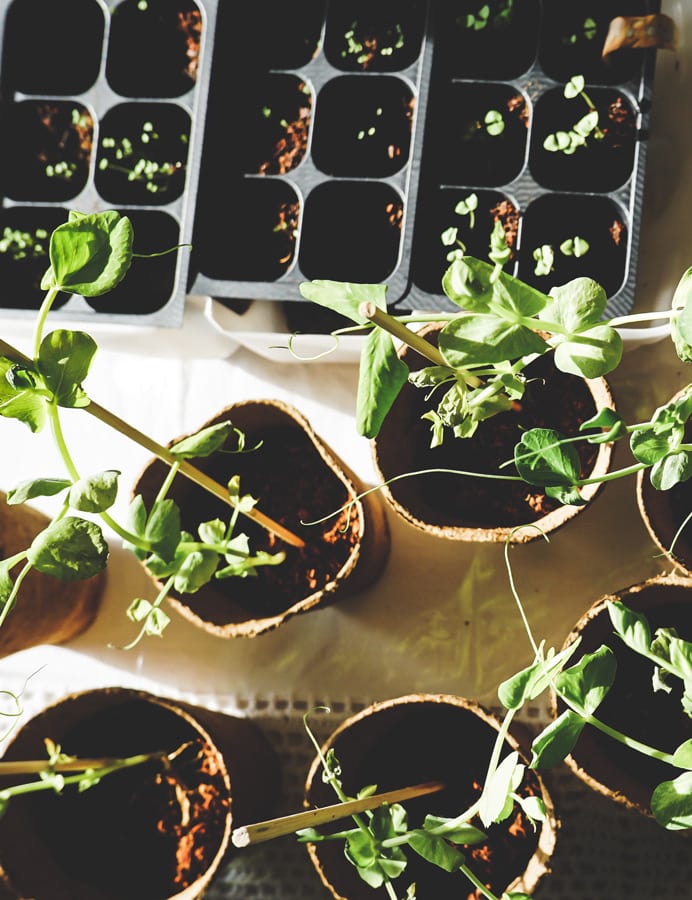 5. Set up a Work Station
5. Set up a Work Station
In addition to raised gardening beds you may consider setting up a standing work station. For jobs that don’t technically require you to be kneeling or squatting, such as potting a flower or transplanting a vegetable, you may prefer to stand to avoid pain. To set up a work station just find a small spot in your yard where you can store a table or tray. Standing often offers some much needed relief for those who suffer from knee pain.
6. Use Long-handled Tools
If you are unable to easily increase the height of your garden beds there is an alternative solution. Long-handled gardening tools are a perfect way to avoid stooping down and kneeling in the beds. Performing tasks, such as raking, shoveling, or weeding, from an upright position can help keep your joints properly aligned and reduce pain. There are several gardening tools that are offered in a long-handled option. Check out your local gardening shop!
7. Consider Taking a Supplement
Supplements may be able to help reduce, or even eliminate, your knee pain. VivaFlex was designed for that exact reason. For anyone who doesn’t mind taking a few pills a day, you can not only relieve any inflammation you may be having, but also help lubricate and rebuild the joints in your body. It has an affordable price point compared to most out there and has a good blend of ingredients to help you! It helps to relieve joint pain and discomfort by increasing mobility and nourishing joints and cartilage. It combines all natural ingredients such as Ginger, Turmeric, White Willow Bark, and Collagen Type II to ensure that your knee pain not only decreases but that you are able to enjoy your gardening once again. Another option out there is Gardeners Ease – while maybe not as all inclusive as Vivaflex, it was crafted to be a much clearer focus on pain exclusive to what gardeners experience, also at quite a affordable price point.
Gardener’s Ease – Knee, Wrist, Hands & Back Pain Relief – 60 Capsules
$16.99 — or $16.14 / month8. Warm Up Ahead of Time
Many people know that you should warm up before playing in a sporting event or a big game. But did you know that it is just as important to warm up before gardening? Gardening requires the use of many muscles, some of which may not be used very often. It’s important to warm your muscles up prior to these activities. Some light stretches or a quick walk is all you’ll need to activate your muscles and get them ready to work. Once your muscles are warmed up they will provide more support for your joints. This quick warm up can also prevent stiffness and soreness after you have finished gardening.
9. Stay Healthy
Overall health and wellness will greatly impact your body’s inflammation. Increased inflammation is one of the most common causes of knee pain. Luckily inflammation is relatively easy to reduce. By eating healthy and being active each day you can reduce inflammation and help reduce knee pain. There are many types of low impact exercises to help your knee pain. By strengthening the muscles around the knee, specifically your legs and your core, you will help to take pressure away from your knees and redistribute it to your other muscles. Walking, leg strengthening exercises, stretching, yoga, and other low impact workouts can actually help to reduce inflammation in the joints and give you some much needed relief.
10. Choose Low-maintenance Options
If you are someone who doesn’t actually enjoy gardening, but feels the need to have a nice landscape, you may be interested in some low-maintenance options. By reducing the time and effort required to care for your lawn you will also be reducing the amount of strain you are putting on your knees. Install a sprinkler system to avoid having to water. Choose plants, such as evergreens or perennials, that do not require as much water. You may also want to place a fewer amount of flowers to reduce the work. Another option, to avoid lawn care altogether, is to have artificial grass installed. This gets rid of the need to mow, weed, water, and tend to your landscape each week.
11. Try Elevating and Icing Your Knees
Many people experience pain and stiffness after the garden work is done. You can combat this pain by elevating your knee above your heart. A few pillows should do the trick. Elevation decreases swelling (inflammation) and joint pain. Elevation is successful in reducing pain because it lowers the pressure in the affected area as well as lowers the inflammation rate. Icing your knee can also reduce pain. It not only works by numbing the affected area but it also decreases muscle spasms. The cooling sensation calms the muscles and nerves in the area to reduce swelling.
12. Change Positions Frequently
It’s important that while you are gardening you are changing positions often. If you are kneeling to perform a task try kneeling on only one knee at a time. This will allow your weight to be distributed. When kneeling with only one knee at a time a lot of the weight will be distributed on to your feet which reduce the amount of pressure on your knee. In turn you are reducing knee pain. Be sure to switch sides often and give your knees a break.

